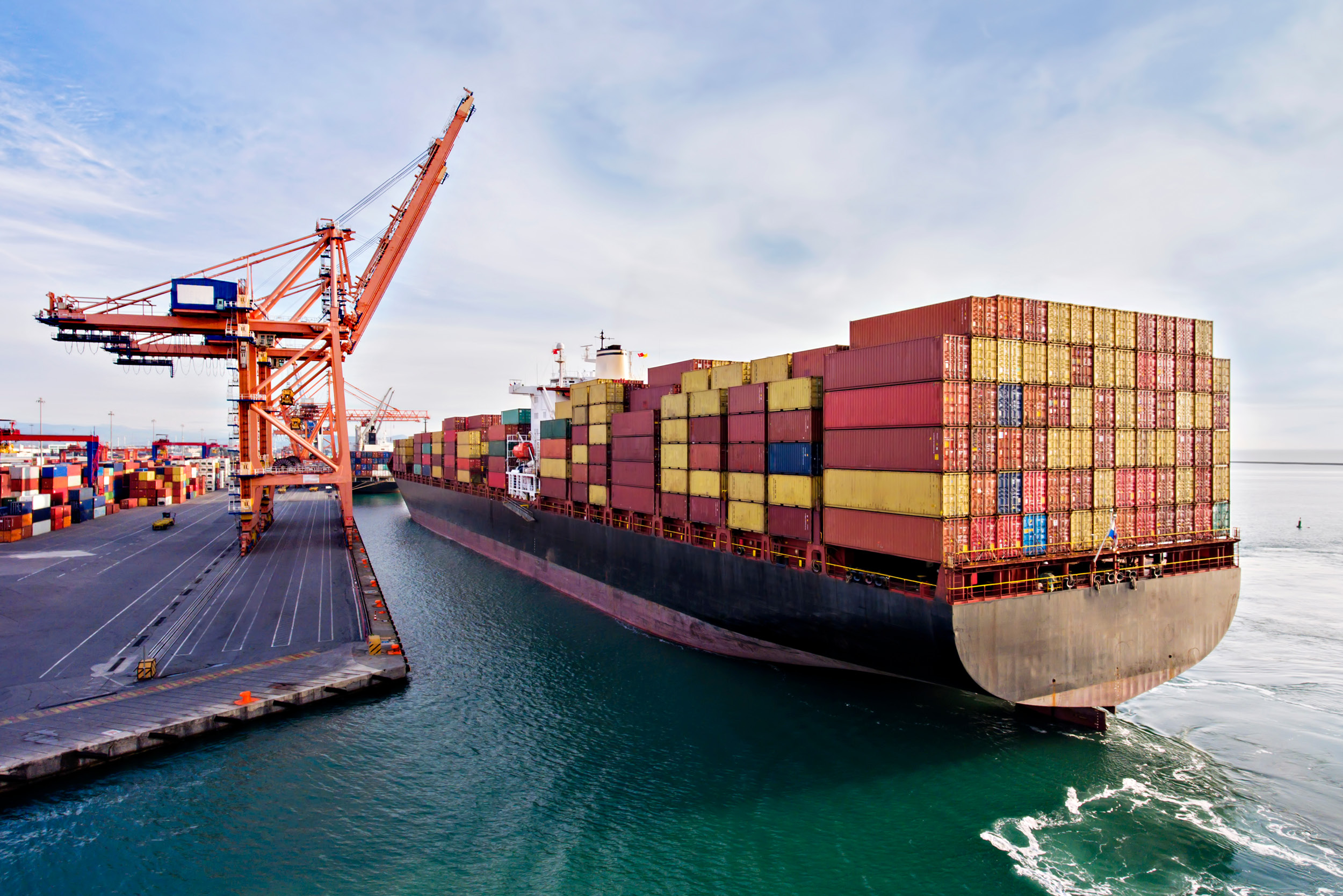Biden issues Executive Order to beef up competition in key industries
Compiled by Bruce Abbe, SSGA Strategic Adviser for Trade and Transportation
Ocean carriers, rails targeted for stronger regulation
President Biden issued a broad Executive Order on Friday, July 9, calling on federal agencies to strengthen oversight and enforcement of regulations to maintain market competition and prevent unfair monopolistic practices.
The order identified 72 initiatives by more than 12 agencies to promote competition. Ocean container carriers and railroads, so vital for ag shippers, along with big tech, occupied center stage for the effort.
The specific details and language in the order will shed light on how extensive the Executive Order will yield actions. Following are reports from industry media:
FMC welcomes ‘crackdown’ on ocean carriers
Federal Maritime Commission (FMC) Chairman Dan Maffei said he welcomed the Executive Order’s call for the Justice Department to collaborate with the FMC to investigate the global ocean carrier sector and possibly issues fines for uncompetitive practices and pricing.
Some 85% of ocean container shipping is now controlled by about 10 major ocean container lines – none of them American-owned – which operate in just three vessel-sharing alliances. The order encourages FMC to use vigorous enforcement of rules to preserve competition. It’s also worth noting that exorbitant container rates are beginning to get examined by the European Union.
Maffei told Freightwaves, while the FMC is an independent agency and therefore not technically subject to presidential executive orders, he “very much intend(s) to cooperate with it. The President is saying all hands on deck, which we appreciate.”
Maffei also noted that excessive detention and demurrage penalty fees currently “is a huge issue we’re working on, and it’s important to get to the bottom of it because it’s unfair to shippers. If those practices are abused it tends to decrease capacity, which makes things worse.”
The World Shipping Council, which represents 90% of the ocean carrier trade, disputes the charges of uncompetitive practices and says the current disruptions to supply chains are the result of historic increases in demand for imported consumer goods.
STB ordered to examine rail competition
It remains to be seen how the U.S. Surface Transportation Board (STB) tackles the Executive Order’s charge to increase competition and resist further monopolization in the railroad sector. The order did, however, identify areas the Biden Administration sees as key steps including:
- Beginning rulemaking, or reup an earlier STB proceeding, to encourage “reciprocal switching,” which would strengthen the ability of captive shippers to have access to more than one railroad and more competitive pricing.
- Consideration of other rulemakings related to competitive access, including bottleneck rates and interchange commitments.
- Ensuring that future mergers and acquisitions are examined with the public interest in mind.
- Stronger enforcement of on-time performance requirements and assurance that passenger rail service on freight rails is not subject to unwarranted delays or interruptions.
STB Chairman Marty Oberman said the board has been actively looking at the issues identified in the Order, and he would urge board members to prioritize issues related to competitive access, and practical rate relief options.
Freightwaves has more detailed coverage of the Executive Order on rail issues.
Meanwhile, Bloomberg Businessweek Economics Editor Peter Coy says, “There’s a good reason Biden singled out railroads for criticism.” He notes the STB itself has warned that consolidation in the railroad industry had “created the potential for monopolistic pricing.”
In other transportation news …
Drewry forecasts huge profits for container lines
Last week, one of the world’s most-recognized, leading maritime consulting agencies, UK-based Drewry, issued a forecast that global ocean container lines are on track to achieve an eye-popping $80 billion in annual collective profits in 2021, and they could reach $100 billion for the first time in history.
That forecast is up a whopping increase from Drewry’s forecast of earnings before interest and taxes (EBIT) made in March, Maritime Magazine reports.
“Even if carriers do refer to type and the current newbuild (of new container ships) craze ends the upcycle in 2023, they will have made so much money between 2020 and 2023 that they will be set up for years to come,” Drewry noted in its Container Weekly report.
More details in Maritime Magazine and Container News.
Wildfires disrupt rail, port services
The Port of Vancouver, B.C., has issued several operational updates over recent days to inform the shipping community and stakeholders about the changing status of rail service by both Canadian Pacific (CP) and Canadian National (CN) from inland Canada and the Midwest U.S. to the busy container port.
Wildfires in the Pacific Northwest – particularly in the British Columbia interior between Kamloops and Boston Bar and North Bend – have caused the railroads to pause service for periods of time while they check out the safety status of the tracks and rail corridors. The Canadian Ministry of Transport has issued precautionary safety measures.
The breaks in rail traffic flow have contributed to more container ships at anchorage off the port near or above capacity. Vessels in port can be viewed at the PortVan eHub app that can be downloaded here.
Container ships often call at Vancouver before making their next stops at the Northwest Seaport Alliance ports of Seattle and Tacoma. Delays can impact transit times from each of the ports.







Leave a Reply
Want to join the discussion?Feel free to contribute!